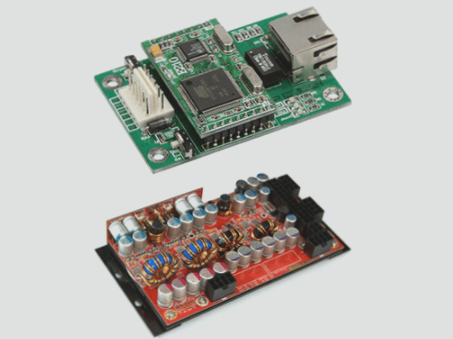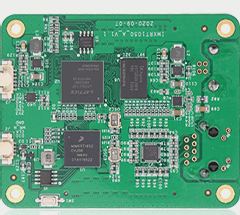Understanding Battery Capacity
Knowing how much energy remains in a battery compared to its full charge helps users anticipate when a recharge will be needed. This short-term measure of battery capacity, known as State of Charge (SOC), is crucial for predicting battery performance. The long-term health of a battery, referred to as State of Health (SOH), is also essential and will be discussed separately. SOC is expressed as a percentage of the battery’s available capacity, with the reference point being the fully charged capacity of a new battery.
Latest Insights on Battery Capacity
Recent advancements in Battery Management Systems (BMS) have become vital for the safe operation and longevity of lithium-ion batteries. SOC plays a significant role in managing large-scale lithium battery applications and optimizing energy usage in electric and hybrid vehicles, particularly in the automotive industry. It helps determine the range of electric vehicles and controls the activation of engines in hybrid electric vehicles (HEVs).
Methods for Assessing Battery Capacity
Various methods are employed to determine the State of Charge (SOC) of a battery, each tailored to specific cell chemistries or measured parameters that fluctuate with SOC. These methods include:
- Direct SOC Measurement
- Specific Gravity Measurement
- Voltage-based SOC Estimation
- Current-based SOC Estimation
- Internal Impedance Measurement SOC Estimation
Direct SOC Measurement
Direct SOC measurement involves calculating the charge stored in a battery by multiplying the current with the time it flows during charging. While practical challenges exist, such as non-linear discharge currents, this method is essential for estimating remaining charge without fully discharging the battery.
Specific Gravity Measurement
Traditionally used for lead-acid batteries, specific gravity measurement assesses the active chemical weight change as the battery discharges. Modern electronic sensors now provide continuous digital readings, making this method more convenient for lead-acid batteries.
Voltage-based SOC Estimation
Estimating SOC based on battery cell voltage requires compensations for factors like temperature and discharge rates to ensure accuracy. While suitable for lead-acid batteries, this method may not be as effective for lithium-ion batteries due to minimal voltage changes throughout the charge/discharge cycle.

Figure 1: Open Circuit Voltage vs Capacity at 25°C (Courtesy of Simon Mugo)
For lithium-ion batteries, voltage drops rapidly towards the end of discharge, indicating the need to avoid full discharges to preserve battery lifespan.

Figure 2: Lithium-ion Battery Discharge Curves (Courtesy of Simon Mugo)
Estimating Battery Energy: Coulomb Counting Method
The Coulomb counting method, also known as integrating current over time, estimates a battery’s energy by measuring the charge flowing in or out of it. This method, using Coulombs as the unit of measurement, provides accurate results by directly tracking the charge entering or leaving the cell.
Current-Based SOC Estimation Techniques
- Current Shunt: Measures voltage drop across low-resistance shunt resistors for current monitoring. Less accurate at low currents with some power loss.
- GMR (Giant MagnetoResistance): Uses sensitive magneto-resistive sensors for higher signal levels, albeit at a higher cost.
- Hall-Effect Sensors: Costly sensors susceptible to noise and high current interference.
Internal Impedance Measurement for SOC Estimation
Changes in a battery’s internal impedance during charge and discharge indicate the state of charge (SOC). While less common due to complexity and challenges in active cell impedance measurement, this method offers insights into SOC estimation.
Key Points:
- SOC: Indicates a battery’s available capacity as a percentage of a reference capacity.
- Accuracy: Determined by manufacturer specifications on voltage, current, and energy ratings.
- Estimation Methods: Direct and specific gravity measurement, voltage-based, current-based (like Coulomb counting), and internal impedance measurements.
- Direct SOC Measurement: Involves discharging the battery at a constant rate to calculate stored charge.
- Specific Gravity Measurement: Common in lead-acid batteries using a suction hydrometer.
- Voltage-Based SOC Estimation: Uses cell voltage to estimate SOC.
- Current-Based SOC Estimation: Measures current flow for accurate SOC estimation.
- Internal Impedance Measurement: Estimates SOC based on internal impedance changes.
If you require assistance, feel free to reach out to us at info@wellcircuits.com.





 العربية
العربية 简体中文
简体中文 Nederlands
Nederlands English
English Français
Français Deutsch
Deutsch Italiano
Italiano 日本語
日本語 한국어
한국어 Português
Português Русский
Русский Español
Español ไทย
ไทย